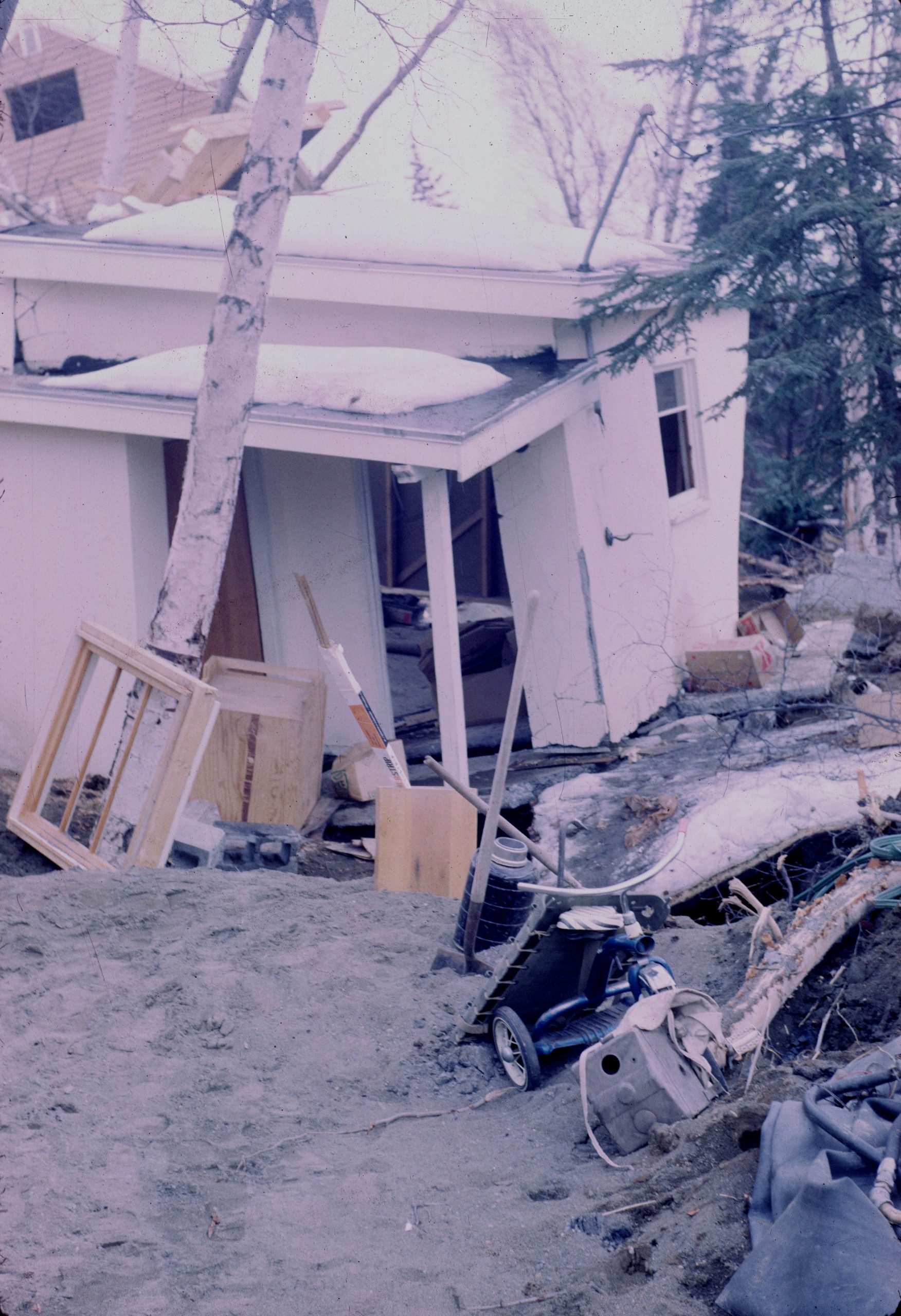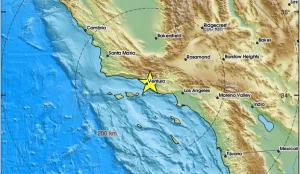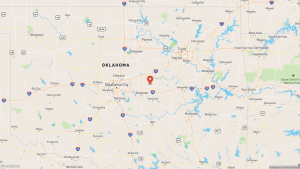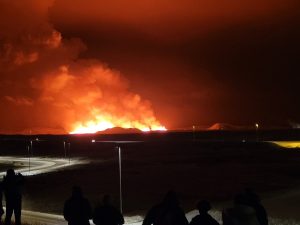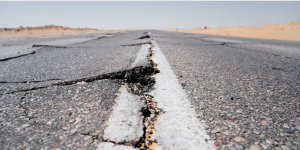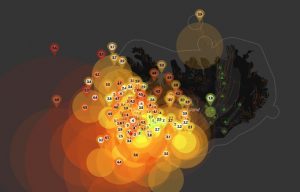When an earthquake occurs some of the first questions asked are, where was the epicentre, what was the magnitude, what was the duration?
The earliest measuring instrument, a seismoscope, was invented by Chinese philosopher Chang Heng in 132 AD. This was a large urn on the outside of which were eight dragon heads facing the eight principal directions of the compass. Below each dragon head was a toad with its mouth opened toward the dragon. When an earthquake occurred, one or more of the eight dragon-mouths would release a ball into the open mouth of the toad sitting below. The direction of the shaking determined which of the dragons released its ball. The instrument is reported to have detected an earthquake 400 miles away that was not felt at the location of the seismoscope, according to www.usgs.gov, the US Geological Survey website.
Up to the 1900s, experts measured earthquakes based on the assessment of damage to buildings, the distance at which people felt tremors, and reports of changes in the soil pattern.
How are earthquakes measured now?
The slip of one block of rock over another in an earthquake releases energy that makes the ground vibrate. That vibration pushes the adjoining piece of ground and causes it to vibrate, and thus the energy travels out from the earthquake centre in a wave.
The instruments that measure these waves are called seismometers and a network of such equipment is used to measure an earthquake with each seismic station measuring the movement of the ground at that site. These machines produce a seismograph.
Seismographs record a zigzag trace that shows how the ground shakes beneath the instrument. Sensitive seismographs, which greatly magnify these ground motions, can detect strong earthquakes from sources anywhere in the world.
From these measurements, a quake’s magnitude is usually reported.
What is magnitude?
Magnitude is the most common measure of an earthquake’s size. It is a measure of the size of the earthquake source and is the same number no matter where you are or what the shaking feels like.
After an earthquake strikes, its magnitude is continuously revised as time passes and more stations report their seismic readings. Several days can pass before a final number is agreed upon.
What is the largest earthquake ever recorded?
The largest earthquake ever recorded was in Chile on May 22 1960, which measured 9.5 on the Richter scale. It is referred to as the “Great Chilean Earthquake” and the “1960 Valdivia Earthquake.”
This earthquake killed 1655 people, injured 3000 and displaced two million. It caused US$550 million damage in Chile, while the tsunami that it spawned caused deaths and damage as far away as Hawaii, Japan and the Philippines. The ‘rupture zone’ of the quake was more than 1000 km long. Two days after the initial quake, the nearby volcano Puyehue erupted, sending ash and steam up to 6 km into the atmosphere over a period of several weeks.

